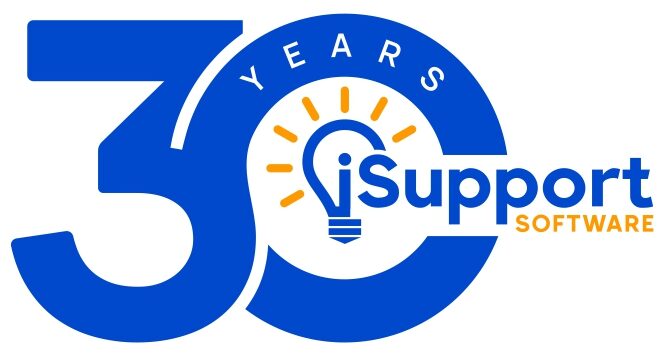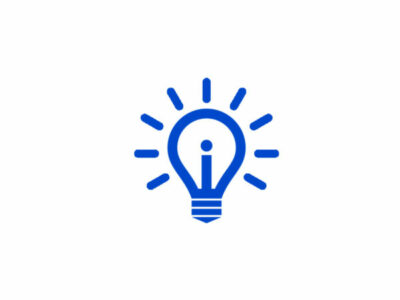 Every January, major technology companies and information and communications technology professionals gather at the Last Vegas Convention Center in Nevada for the Consumer Electronics Show (CES). Internationally renowned, the show typically hosts previews of products and new product announcements, promising the very latest in product design and innovation.
Every January, major technology companies and information and communications technology professionals gather at the Last Vegas Convention Center in Nevada for the Consumer Electronics Show (CES). Internationally renowned, the show typically hosts previews of products and new product announcements, promising the very latest in product design and innovation.
Attendees expect to be blown away by the developments revealed each year at CES, but the 2015 trade show delivered five announcements that are above and beyond the usual revelations in terms of their development and educational applications.
Intel Pledges $300 Million to Reduce Gender Gap in the Tech Workforce
The worldwide gender gap in technology is huge. Less than 10% of founders in tech startups are women. Organizations such as Code First have arisen to encourage more women to be part of the digital revolution, but the effort is ongoing. A $300 million investment by Intel is a huge pledge to help drive more women into the technology industry.
Speaking at CES on Jan. 6, Intel CEO Brian Krzanich announced the company’s Diversity in Technology initiative. In a move that certifies their stance on inclusivity, this five-year plan promises to drive the training and employment of more women and minorities in the technology sector and video game industry, with the eventual aim of reaching “full representation of women and minorities in Intel’s workforce by 2020.”
Echoing the power of an industry that breaks new, seemingly impossible bounds on an almost daily basis, Krzanich said in a press release that he is “calling on our industry to again make the seemingly impossible possible by making a commitment to real change and clarity in our goals.”
McGraw Hill’s New SmartBook
We have previously discussed the classroom applications of tablets in our article on how educational establishments can cut costs with the cloud.
In October, Brian Kibby of McGraw-Hill furthered these sentiments by claiming that traditional textbooks are “dead” in wake of their adaptive learning SmartBook device.
As an interactive device, SmartBook offers a personalized learning experience for each pupil. The latest edition of the company’s SmartBook, unveiled at CES, will expand on this by offering resources to students “at the precise moment of need.” This version of the platform also provides content recommendations based on the data collected from a pupil’s usage.
HP’s Zvr Virtual Reality Display
HP’s Zvr virtual reality display breaches the gulf between speculative virtual reality and desktop computing. Four cameras interact collaboratively with head movement and glasses in order to generate a 3D display. Popular Science reports that the screen can “turn your desktop into an interactive 3D environment, straight out of Cyberpunk fiction.”
According to HP, the applications for the display include educational, architectural, and scientific work. The 3D effect could benefit designers by helping them to manipulate and interact with 3D objects and plans.
Acer Debuts Biggest Chromebook Ever
The market is saturated with Google Chromebooks, meaning companies must make concentrated efforts to differentiate their products from competition. The typical trend is to strive for smaller and smaller models; Acer has inverted this trend by developing and producing the largest ever.
The Acer Chromebook 15 features a 15.6-inch display, providing the largest view of any notebook under the Chromebook brand. Options for the notebook include an Intel Core i3 Broadwell processor or a Broadwell-based Celeron processor.
MakerBot Shows Off New Materials for 3D Builders
The growth and development of 3D printing technology has revolutionized the way numerous industries manufacture goods, but a limiting factor to the platform’s growth has been a strong, flexible filament. MakerBot announced a new line of polylactic acid (PLA) composite filaments in three categories: wood, metal, and stone.
The resulting print resembles limestone, maple, bronze, or iron. These new composite filaments will be compatible with fifth-generation MakerBot Replicator printers and will be available later this year.
CES is renowned as a platform for revealing and showcasing the latest in technology and software development, but 2015 has broken ground. With wider applications that affect influential sectors like education, these five announcements promise to be game changers in what is already a revolutionary industry.
Share your thoughts
What were your favorite CES 2015 announcements? We’d love to hear your thoughts; get in touch on Twitter or Facebook!



